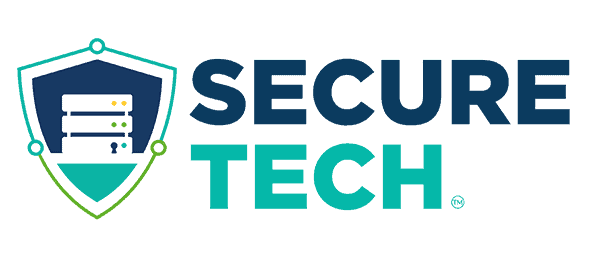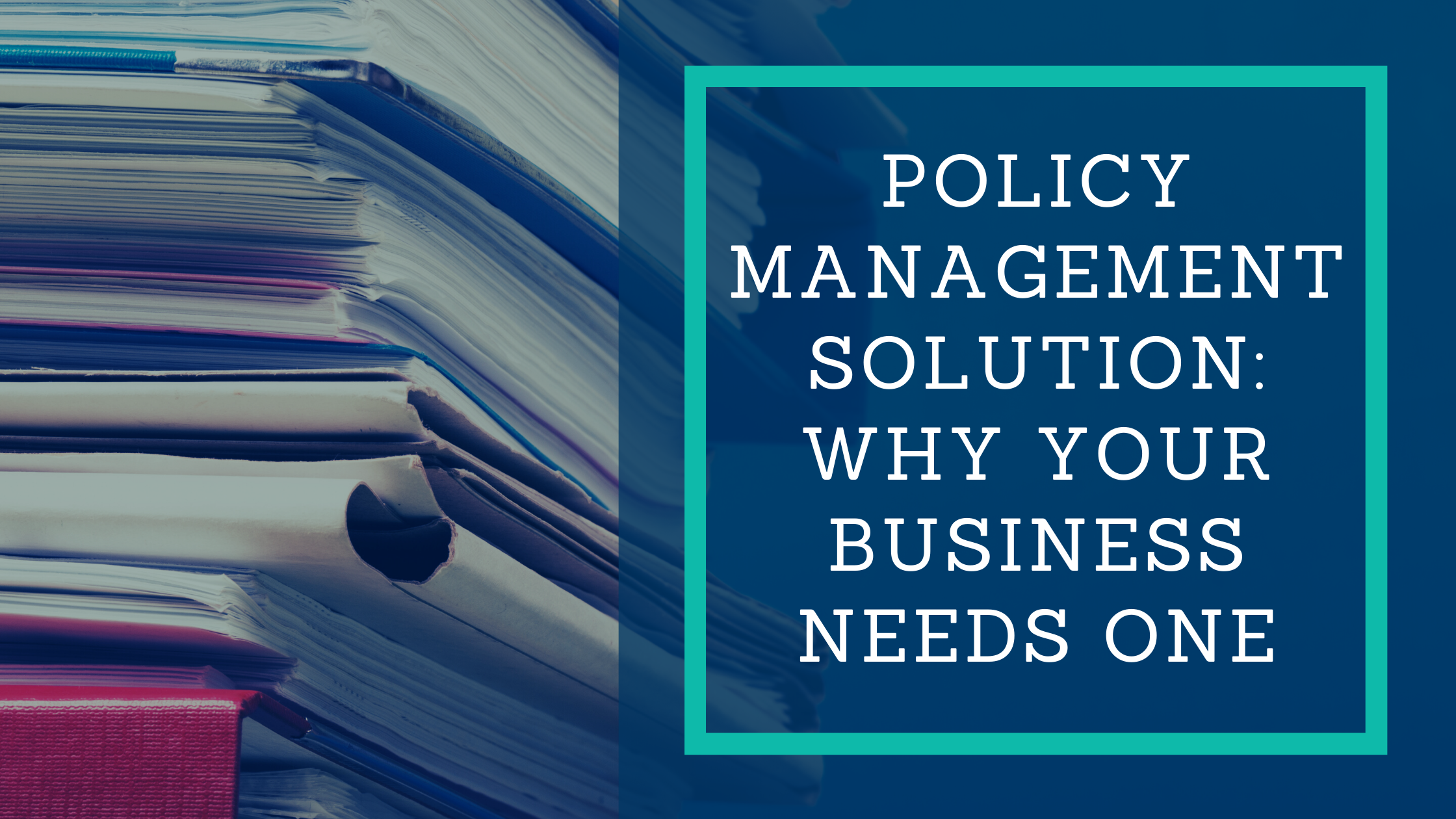Managing policies and standard operating procedures is challenging, however, they are a crucial element of a business’s operations. Fortunately, a policy management solution can help, and adopting one of them doesn’t have to be complicated. Especially when creating policies or what’s contained within them is defined with the help of a managed IT company.
Why businesses need policies
Policies are important for a lot of reasons. They are necessary from a legal standpoint, they provide a clear outline for the way team members should do things, and up-to-date policies and procedures help mitigate compliance risks. These documents also define expectations and how to meet them.
Traditionally, we think of policies as HR do’s and don’ts, but with oversight and compliance extending into other areas of business, policy management is only getting more relevant to regular operations.
Technology plays a more prominent role in business, and data – how it flows, how it’s accessed, and how it’s stored and managed – plays a big role in how a company operates. Creating and maintaining policies is critical to ensuring new or existing procedures are not affected during operation. Though the needs of each network vary, some of the most impactful policies built into your systems are:
- Acceptable use
- Encryption
- Guest Access
- Mobile Device
- Network Access and Authentication
- Password
- Remote Access
- 3rd Party Connection
- Wireless Access
Each of these affects your daily operations and builds around your company’s security and access needs.
How to manage your policies and procedures
Managing policies and procedures can be a challenge and the more you use the more difficult it gets. Tracking versions, lifecycles, distribution, and attestation quickly becomes a hassle while your company grows. A policy management solution can help alleviate the burden of manual maintenance by centralizing all your documents and the process used to handle them. It offers audit trails, lifecycle management, and maintains accountability and distribution channels. But how do you know when it’s time to implement one?
Well, if you’re a business, you have policies. No matter how many people are in your company, or the complexity of the procedures and policies you implement, it never hurts to put a system in place to manage and maintain them. That doesn’t mean you need a Policy Management Solution or even want one, though. One of the best points of consideration is the more people involved in the policies, the more you should consider one. With many collaborators and recipients, it’s more difficult to maintain your policies and make sure they’re up to date, distributed to the right people, reviewed and understood, and easily accessible.
Another important factor in deciding when to get a Policy Management Solution, however, is accountability. The greater your accountability, the greater the need for a reliable, centralized system. Depending on your business, federal agencies might require certain standards from the second you open your doors. The more your company grows too, the more people expect a certain standard of service, operation, and efficiency. It becomes necessary to quickly produce proof of standards and how well they work. If you keep them in 6 different folders under different names in different locations it’s difficult to do that.
What can a Policy Management Solution Do for My Business?
We mentioned the pieces of a Policy Management Solution a couple times, and how centralizing is helpful. But what are the specific benefits to each of these features?
Accountability
Whether you’re trying to maintain industry standards, maintain consistency in service, appease shareholders, or improve general efficiencies, accountability is key. No matter the size of your company, good governance is vital to eliminate waste, and subsequently preventing issues and protecting organization continuity through change. The more governance your company requires, the more you need to implement new policies and prove their effectiveness. Manually keeping up with these requirements can be a burden and the need for a Policy Management becomes rapidly apparent.
Audit trail
Documented proof of each required employee’s attestation and understanding is an easy way to maintain accountability and assure that everyone who needs to know the policy does. With automatic audit trails you can see who has and has not taken the required steps to review and accept each policy or SOP output.
Some Policy Management Solutions even offer training and testing tools to test your audience’s understanding and make sure that your best practices are properly conveyed.
Document lifecycle
A typical policy or SOP document goes through a number of stages during it’s lifecycle. Policy Management Solutions can simplify the stages by tracking versions during the draft and revision phase, allowing easy access for collaboration and feedback. Further, they can inform approvers the document is ready, publish the document. They also alert employees and authors when a document is ready to review. Centralizing all of this into a single solution with automated notification makes it easier to manage your document’s lifecycle, without constantly moving it along manually.
Search and access
Continuous access to your business’s policies, despite time or location, is another important feature with a centrally managed document system. When you create an easily accessible public or private portal that’s searchable, you ensure your users can easily find exactly what they need when and where they need it.
Get started with better policy management
As your IT provider, we work with your organization to build and automate the best policy management system for your needs. We grow with you, so when you need new policies, we can help you create and manage them. Contact us to learn how a partnership with us can help further your business’s goals with technology.

